Oddly enough, the creator of this trick 1930 Model A Tudor, Richard Dabbs, doesn’t think of himself as a hot rodder.
“I’m just a guy stuck in the 60s who likes to build period-correct machinery” he says. Richard’s whole approach to his funky rod (aptly named Brown Sugar) was to build what would have been the latest whiz-bang machine if it had been pieced together in 1960. I guess that makes Richard a high-tech tuner who was born in the wrong decade!
–
The late 50s and early 60s were hugely prosperous times in the United States. Auto giants Chevrolet, Ford and Chrysler were turning out ever wilder machinery to entice people to buy new cars – which they did in droves. This resulted in huge volumes of old cars being essentially discarded, giving creative hot rodders and customizers vast quantities of natural resources on which to practice and express their creativity. This is why the 60s was such a boon time in the rodding and custom scenes, with many iconic machines built in this era.
In keeping with its traditional personality, Brown Sugar is all genuine Detroit steel, with all body mods done in steel as well. Those mods include dropping the roof four inches, channelling the body five inches over the Greg Ford-built chassis, adding the drilled external sun visor and grafting in ’49 Ford taillights. Those taillight additions are straight from the customisers’ handbook. Richard fashioned the housings from flat sheet, before blending them onto the Tudor’s rear quarters. “That’s the way rods were heading in the 60s,” says Richard. “The Alexander Brothers, Dean Jefferies and Gene Winfield were all big in the custom scene and a lot of their influence was flowing over into hot rodding.”
For Richard it was important to get the proportions right so that it didn’t look clumsy. There are very few elements of Brown Sugar that haven’t been carefully thought through. For example, there’s extensive detail throughout, which took considerable hours.
However it’s all been executed in a way that makes it look 60s original rather than smoothed and refined. Heck, even the mismatched wheels are deliberate.
“Guys would have been able to afford one set and not the other,” says Richard. “It’s also a little bit of drag racing influence. Slicks bolted onto the back of street cars to go racing would have been mounted on different wheels.”
Read More on the NEXT PAGE

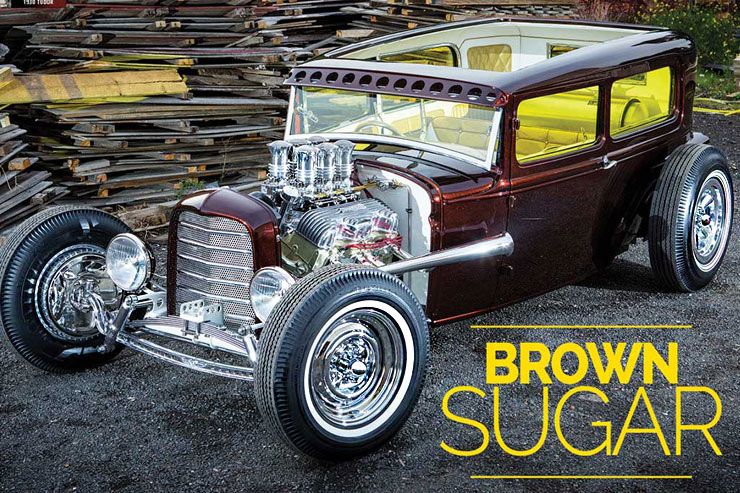
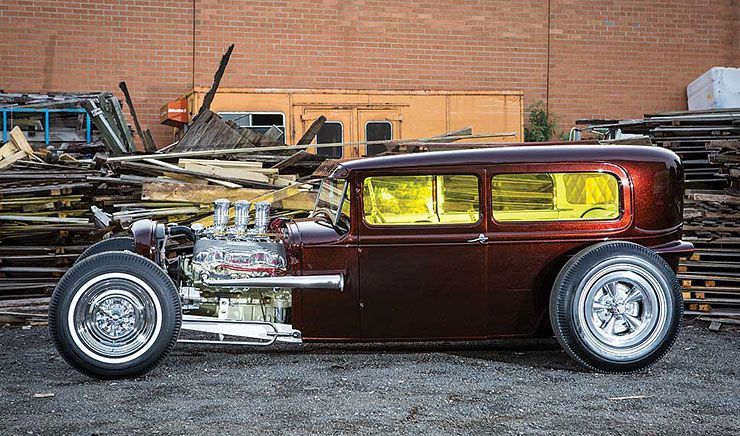
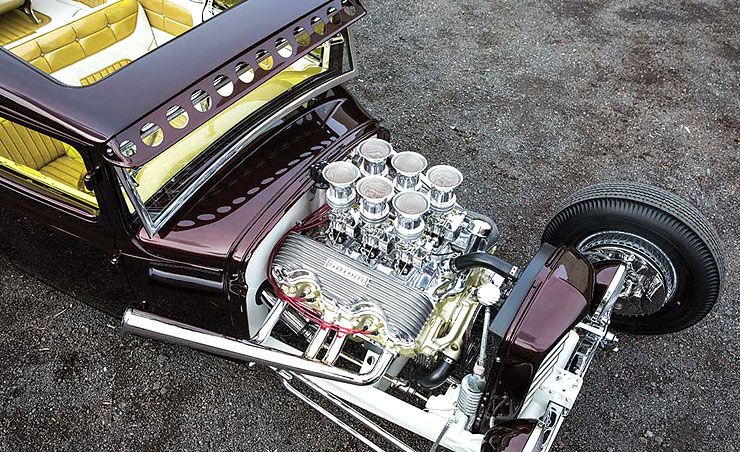
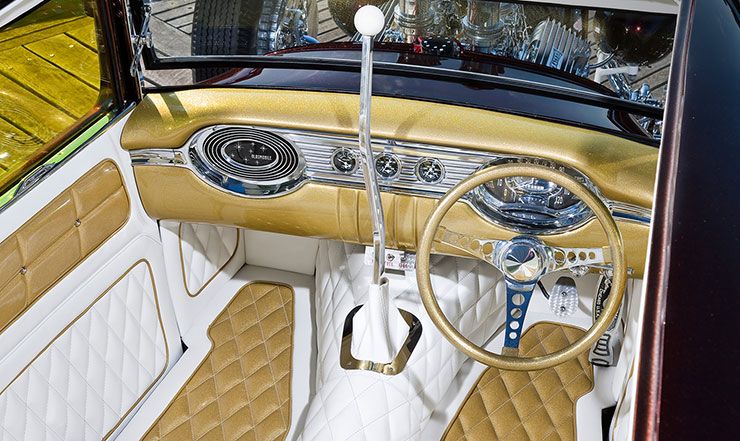











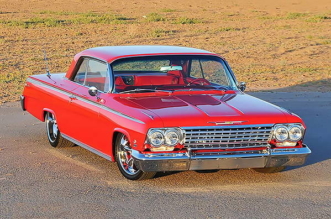
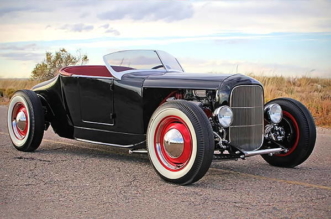
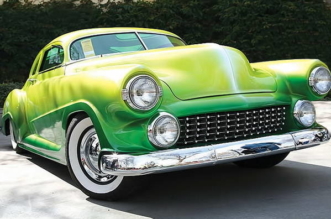









Facebook Comments